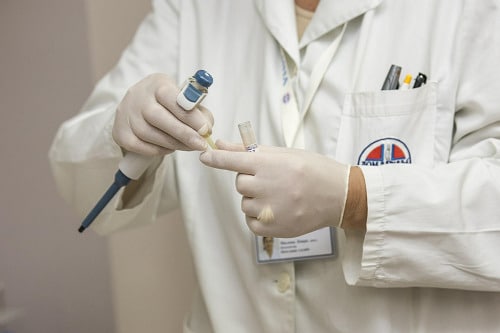Benefits of Disease Surveillance: Enhance Disease Monitoring

Public health departments use disease surveillance systems to collect data on the spread of infectious disease and non-communicable illnesses, like lead poisoning. Public health facilities and providers are required to report disease-related information to the Centers for Disease Control and Prevention (CDC). Departments incorporate data from various sources into the disease surveillance software to track how the disease is affecting the public in real-time. Officials need access to accurate information when implementing public health policies to reduce the rate of infection.
Every disease surveillance system is critical to keeping the public safe, but these systems need to be evaluated and monitored to ensure they are collecting accurate data in real-time. Departments should create a review process to identify information bottlenecks within the process to increase visibility and efficiency. Improving the data collection process often means updating outdated technology that requires staff to enter disease-related information by hand. Changing the way departments collect and analyze this data can improve public health outcomes and help protect vulnerable populations from infectious disease.
Monitoring Disease Surveillance Performance and Outcomes
Disease surveillance systems play an important role in public health data management. They are often the department’s only source of information when it comes to implementing policy during times of crisis.
Officials should routinely review the effectiveness of these systems by comparing the planned outcome to the actual results the system was able to produce. The ongoing assessment of surveillance performance allows departments to address issues that can limit access to information. Surveillance performance is subject to change during disease outbreaks, and departments cannot assume that this technology is working as planned.
The review may assess the quantity of information collected, track changes to the quality of the data, or identify delays that can impede response times. Staff may focus on the process, outcome, or overall data output when evaluating these systems. Departments can use a manual review process or set up benchmarks in the system to receive an automated alert when the system fails to reach its goal on time.
Improving Public Health Surveillance with Automation
The COVID-19 pandemic illustrated the need for real-time disease surveillance. Departments must collect data from a range of sources, many of which aren’t compatible with commonly used disease surveillance systems. If the system cannot interpret the incoming data, staff will need to manually upload this information into the system. The system may even exclude this information from the final report if it doesn’t recognize the input values.
Public health departments can improve the disease surveillance process by automating the data collection process to ensure the system can interpret the information it receives. The program will also alert users when there is a discrepancy. They can adjust the field as needed to maximize data quality and quantity.